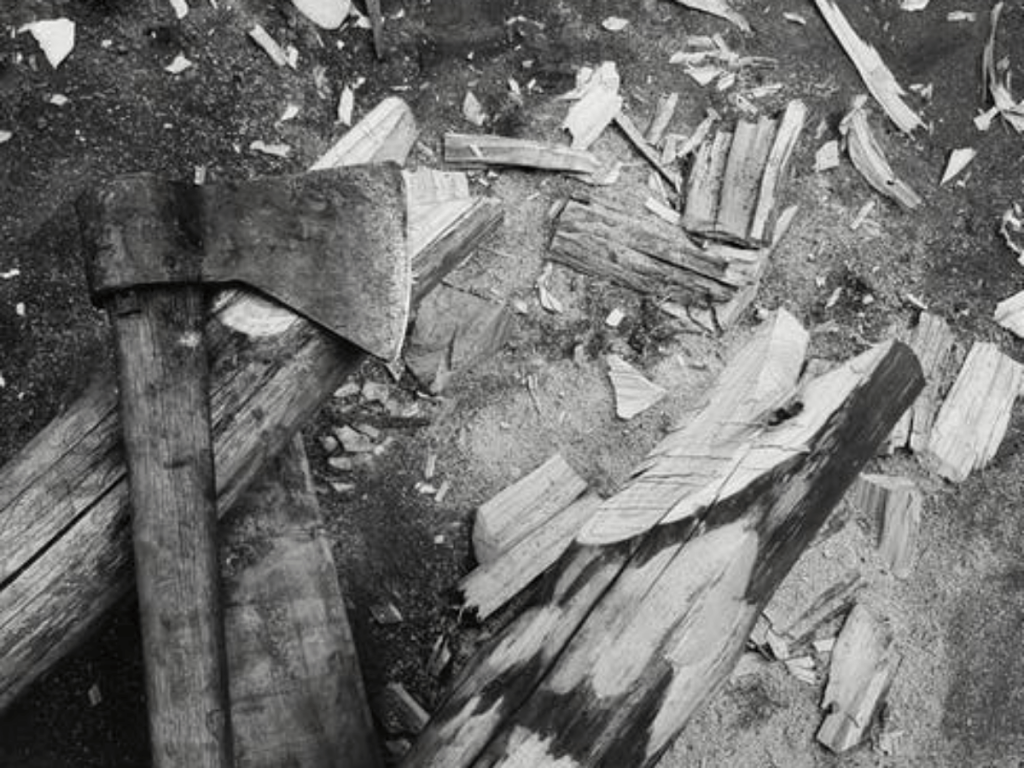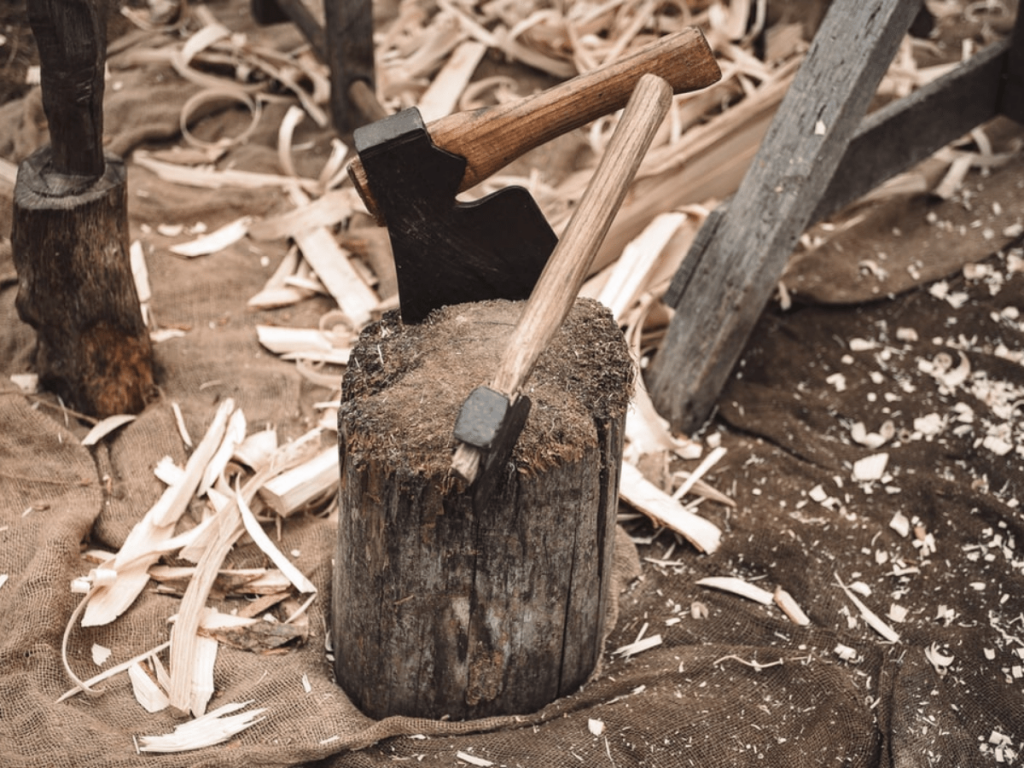From Scotland to the south of England, Ireland and Wales axe throwing is an activity growing in popularity that anyone from children to adults can take part in. There are operators that take kids as young as 8 years, but usually the lowest age allowed is 12 years. The growth of this activity means that you are bound to find a venue near you. .

Axe Throwing Scotland
In Scotland, axe throwing is often called axe hurling, but it means the same thing. You throw, or hurl, an axe at various targets and there is satisfying ‘thunk’ as it sinks into the wood. Axe throwing Gartmore is waiting to take your booking and will accept all axe throwers from the age of 10years. In Edinburgh, axe throwing is so popular that there are 2 venues for you to choose from and Glasgow axe throwing venue is a busy place, so book this one well ahead of time.

Axe Throwing Ireland
In Ireland there are currently four axe throwing operators in Portadown, Newry, Kildare and Cescilstown, but Geronigo® is about to add more, so keep your eyes peeled for the next exciting addition. You can do this by downloading the Geronigo® App, which will not only keep you up to date with new axe throwing venues, but you’ll also have every other action activity in the UK and Ireland right there on your phone and in your pocket.

Axe Throwing Midlands
They definitely like their axe throwing in the Midlands because there are no less than ten axe throwing sites to choose from. The operator list looks like this – Warwick, Lount, Malvern, Market Harborough, Worksop, Bicester, Nottingham, Budby and Chesterfield. If any of these locations suits your plans, then simply click the link and you will be taken to the page on the Geronigo® website with all the details and how to book.

Axe Throwing North West England
The Northwest covers a broad swathe of the country from Carlisle to Sheffield with eleven axe-throwing sites. Together with these two cities, axe throwing can also be found in Otley, York, Macclesfield, Eccles, Bradford, Tadcaster and Willesdon. I know that only makes nine, but as Sheffield has three axe-throwing venues it still adds up to eleven. So, a big area of the country, but plenty of axe throwing to be had near you if you live or are visiting this area.

Axe Throwing in North East England
Let’s stay in the north of England and move over to the east of the country. Not as many axe-throwing operators here compared with the Northwest, but that is likely to change as the activity grows in popularity. But as you have already downloaded the Geronigo® App onto your phone, you’ll easily be able to check on new venues with a few clicks. However, currently, you will find axe throwing in Hexham, Durham, Newcastle and Harrogate.

Axe Throwing South East England
People in the Southeast love their axe throwing and the ten busy venues offering this exciting sport prove the point. So, limber-up your throwing arm and get booked in for a stag party, hen do corporate event or with a few friends. The targets vary from venue to venue so expect the unexpected, but they all involve hitting a marked target and scoring points. You can choose from axe-throwing operators in Sutton at Hone, Milton Keynes, Crawley, Horsham, Hartwell, Bicester, Falmer, Oxford, Hartwell, Ipswich. Just click the venue you prefer and the link will take you through to the right page on the Geronigo® website where there are full details. The Hartwell venue is the only venue in the UK that takes children as young at eight years of age.

Axe Throwing in South West England
Nearly as popular as in the south east, axe throwing operators in the south west number nine as I write this article. If you live in or are visiting this area of the country there is bound to be an operator near where you are. The axe throwing locations to note are – Bristol, Cribbs Causeway, Keynsham, Highbridge, Dursley, Ilfracombe, Whitland, Bere Regis and Dursley. The lower age range in the Southwest is ten to 17 years, so you could make it a real family affair.

New operators coming on soon in Wales, but right now there are just two operators in Whitland and Llangollen. Offering all the excitement and competitive spirit, our Welsh operators are keen to show you just how addictive axe throwing can be. Go with a few mates and you’ll see what we mean.
Axe Throwing History
Axes are some of the oldest tools known to man. They were common in the Stone Age. Initially, they were made without a handle (or haft) and the cutting edge was made from stone. Fixing a shaft came later. The earliest examples of handled axes have heads of stone with some form of the wooden handle attached in a method to suit the available materials and use. Axes made of copper, bronze, iron and steel appeared as these technologies developed. Axes these days are composed of a head and a handle.

It didn’t take long for them to be used as weapons. However, according to the history books, thrown axes were not used until 400-500 AD. Some historians believe that the thrown axe was not actually used in battles because it would have been foolish to throw away a prized weapon and then be unarmed in the face of the enemy. They contend that an axe was used solely for hunting as it was difficult to get near enough to an animal so thrown weapons, like spears and axes, were used.
As is often the case, not all historians agree. Others claim that the axe was thrown just before hand-to-hand combat in battle and that they gave the axe throwers a psychological advantage. The Francisca, probably the most famous type of throwing axe along with the Scottish Skogr axe, would often have a random trajectory so it was difficult to predict where the axe was going to go. After a volley, enemies would often run away in fear of the possibility that another volley would follow.
The Francisca axe is commonly associated with the Franks, an ancient tribe in France, for whom the axe was the national weapon, it was also used by many of the other Germanic Tribes at the same period in history. The Scottish Skogr was first used by the Highlanders against the English Calvary and had hooks on the back of the axe to drag the soldiers from their horses before using the axe to kill them.

In folklore, stone axes were sometimes believed to be thunderbolts and were used to guard buildings against lightning, as it was believed that lightning never struck the same place twice. Steel axes were important in superstition as well. It was thought that a thrown axe could keep off a hailstorm. Sometimes an axe was placed in the crops with the cutting edge to the skies to protect the harvest against bad weather. An upright axe buried under the sill of a house would keep off witches, while an axe under the bed would “assure male offspring.”

In the late Middle Ages, throwing axes were common. They were made of iron and were often used by both foot soldiers and knights. Then Europeans brought them to the New World. They provided them as tomahawks to the Native Americans. According to legend, the first axe throwing competitions were held by the frontiersmen in North America. Though there have also been reports of axe throwing competitions amongst the Celtic tribes. Many years later axe throwing is still a popular sport in many lumberjack sporting events. In the last 20 years, it has become a popular urban sport in many countries including the USA, Canada, Thailand, Australia, France and of course the UK and Ireland.
By CJ

